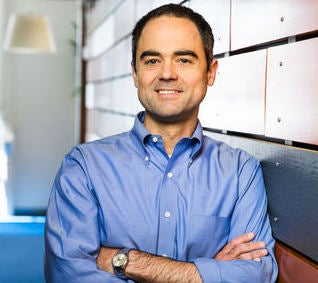
Docker Blog
-
Apr 7, 2022
3 Software Developer Trends You’ll Hear About at DockerCon
Join us at DockerCon to hear about these trends that are shaping the ever-changing world of application development.
Read now
-
Apr 7, 2022
Announcing Docker SBOM: A step towards more visibility into Docker images
Image visibility and transparency are key to securing your software supply chain. Learn how our Docker SBOM feature highlights core image components.
Read now
-
Apr 6, 2022
In Case You Missed It: Docker Community All Hands, March 2022
The tl;dr? We love our community to pieces, and are humbled to witness such free exchanges of development best practices. Read onward to see what you missed, and learn from Docker’s most passionate community members. Our fifth-ever Docker Community All Hands event has officially come to a close! We couldn’t be more thrilled about your…
Read now
-
Apr 6, 2022
CTO Chat: Overcoming the Developer Experience Gap (feat. RedMonk & Flow.io)
The abundance of choice created by today’s golden era of tooling can be a double edged sword. Developers today have hundreds of tools, libraries, and services to choose from but organizations that fail to standardize around these tools can get caught in the “developer experience gap.”
Read now
-
Apr 5, 2022
Top 5 Docker Desktop Features Developers Must Know About
Built atop Docker Engine—our open-source container runtime—Docker Desktop is ideal for developers needing greatly expanded Docker functionality, regardless of experience level. Docker Desktop is ready to use out of the box. It packages together Docker’s CLI, Docker Compose, Kubernetes, and other tools to streamline application development. Docker Desktop’s quick installation and OS agnosticism have also…
Read now
-
Apr 1, 2022
DockerCon 2022 Registration Is Now Open
It’s time to make some space in May’s calendar because DockerCon 2022 registration is officially open! The two-day virtual event will be May 9th-10th, 2022. Global Interactive Virtual Event: Tuesday, May 10th The core DockerCon 2022 virtual event takes place on Tuesday, May 10th. It’ll be packed with product demos, panel discussions, hacks, tips, deep…
Read now
-
Mar 31, 2022
Investing In Performance, Trust and Great Experiences for Developers
Docker is nine years old? Seems both like yesterday and a long time ago! The technology world has changed a lot since then, and Docker has played a key role in making it easy for developers to build and ship applications wherever they’re needed. What were the key changes that Docker introduced? Well, when Docker…
Read now
-
Mar 31, 2022
Docker Raises Series C: More Build, More Share, More Run
Today we’re announcing Docker’s closing of $105 million in Series C financing to accelerate our vision of enabling developers to spend more time on innovation, less time on everything else. The round was led by new investor Bain Capital Ventures (BCV) and includes additional new investors Atlassian Ventures, Citi Ventures, Vertex, and Four Rivers and…
Read now




